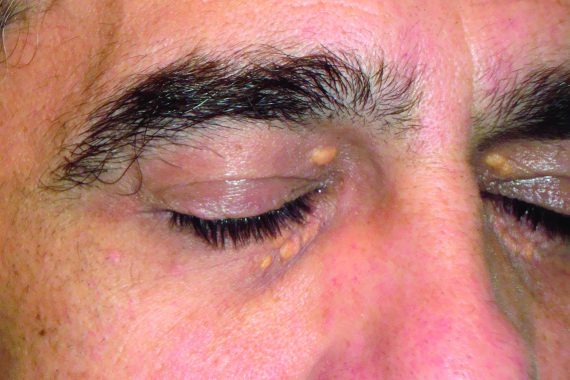The guideline
NICE has updated its 2008 guideline on identifying and managing familial hypercholesterolaemia. The update includes new recommendations on gold-standard practices for identifying those at increased risk of FH.
Key points for GPs
- GPs should systematically search primary care records for people under 30 with total cholesterol levels >7.5mmol/l, or 9mmol/l in those 30 or over, as these groups are at greatest risk.
- Offer to measure the cholesterol of those with a family history of premature coronary heart disease and whose total cholesterol is unknown.
- Use the Simon Broome or Dutch Lipid Clinic Network criteria to make a clinical diagnosis of FH. Refer those meeting the criteria to an FH specialist service for DNA cascade testing.
- Offer a DNA test as early as possible to under-10s with one affected parent.
- DNA cascade testing should be used to identify first-, second- and, if possible, third-degree relatives of those with a genetic FH diagnosis.
- Adult FH patients should be offered a high-intensity statin with the lowest acquisition cost initially, aiming for at least a 50% reduction in LDL-C concentration from baseline.
Practical issues
The recommended systematic search for those at risk will require time for the search and for follow-up. GPs will need to be proactive about opportunistic screening of those at risk because of family history. GPs should also be aware that DNA cascade testing, rather than using DNA and lipid concentration, is now recommended for identifying those with FH, and affected relatives.
Expert comment
Dr Terry McCormack, a GPSI in cardiology in Whitby, said: ‘In the UK we are underdiagnosing FH and missing the opportunity to identify young people who could be prevented from ever developing atherosclerotic disease. Somewhere between one in 250 and one in 500 of our patients has FH and they account for approximately one in six of all myocardial infarctions, many of which are potentially avoidable.’
The guideline
NICE. CG71: Familial hypercholesterolaemia: identification and management. London, NICE, 2017
Pulse October survey
Take our July 2025 survey to potentially win £1.000 worth of tokens














